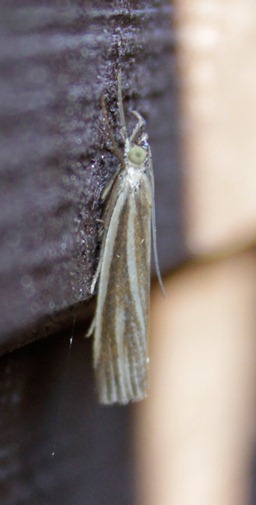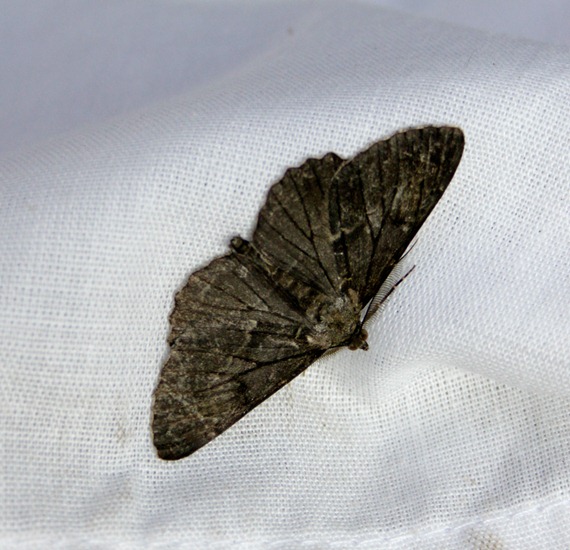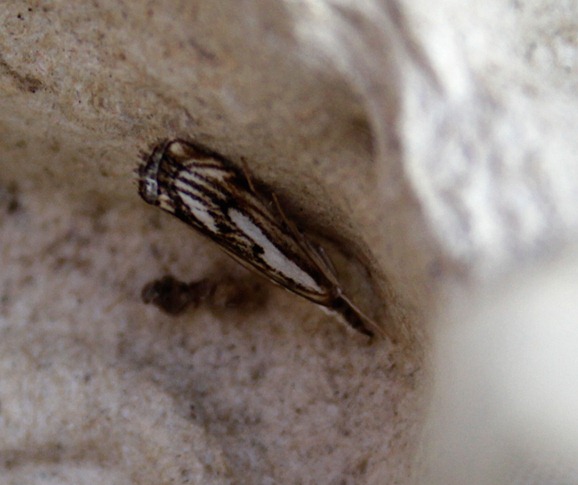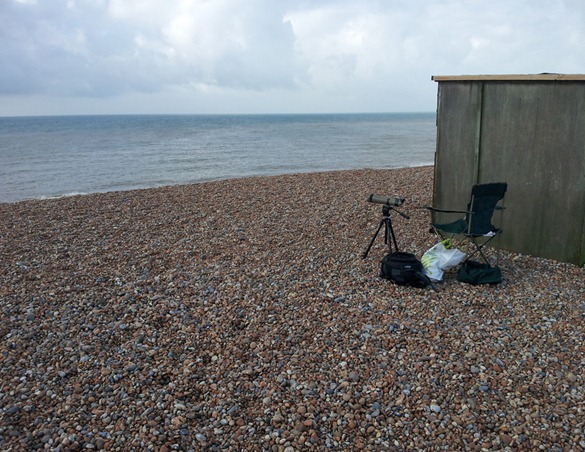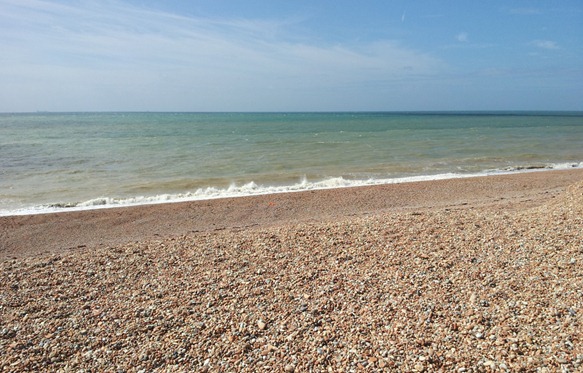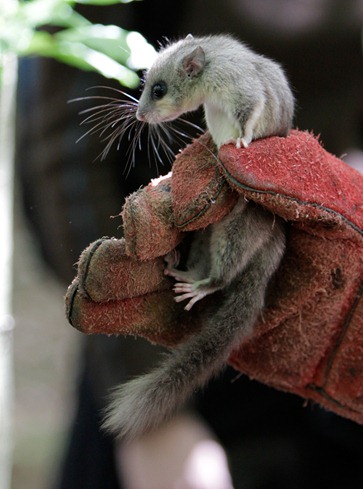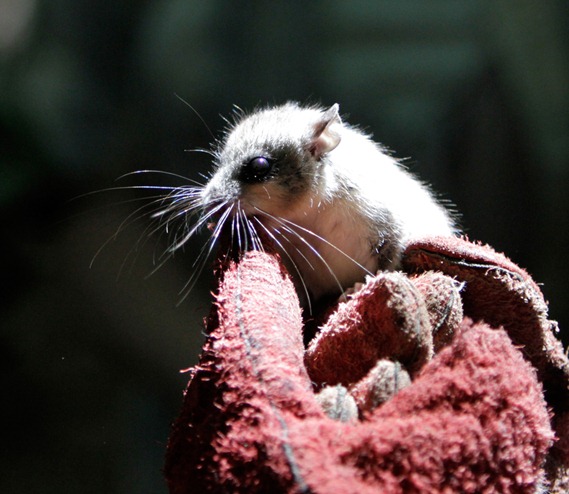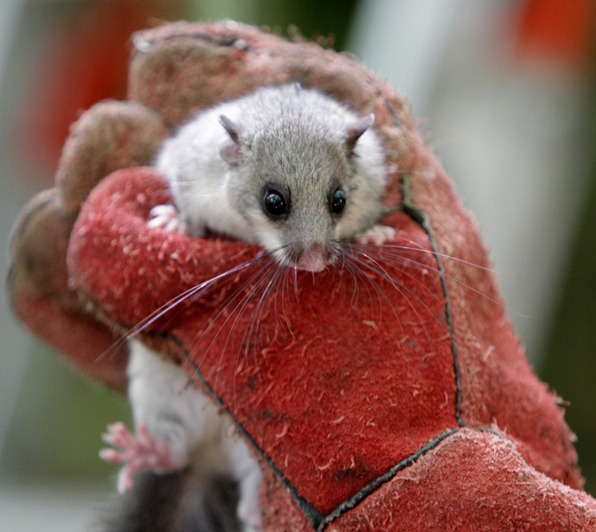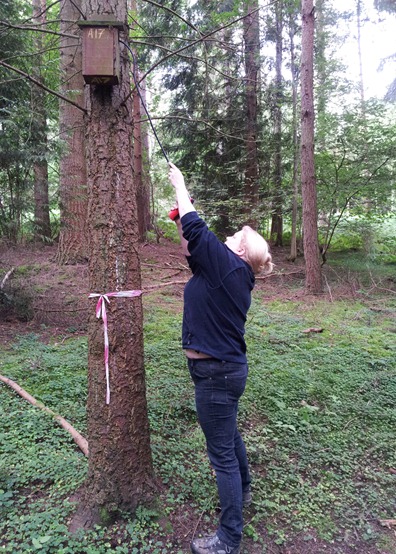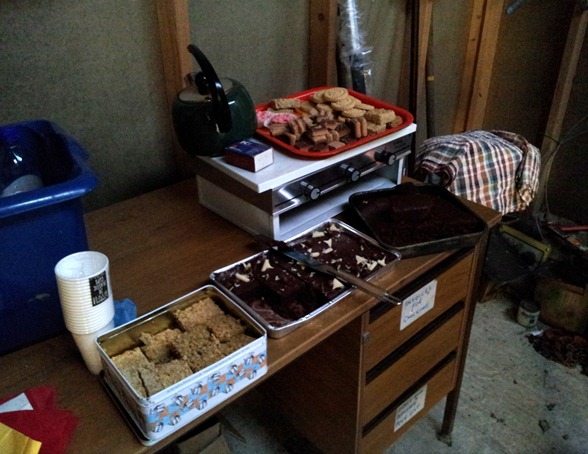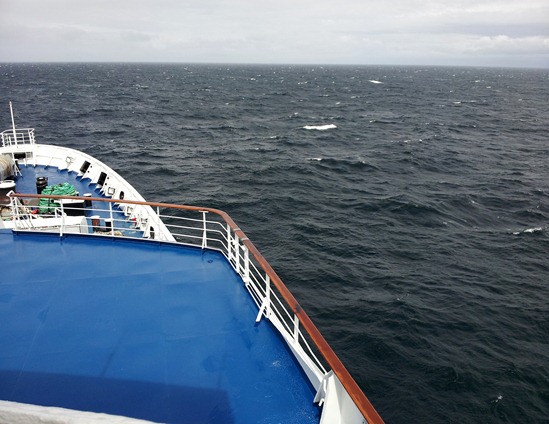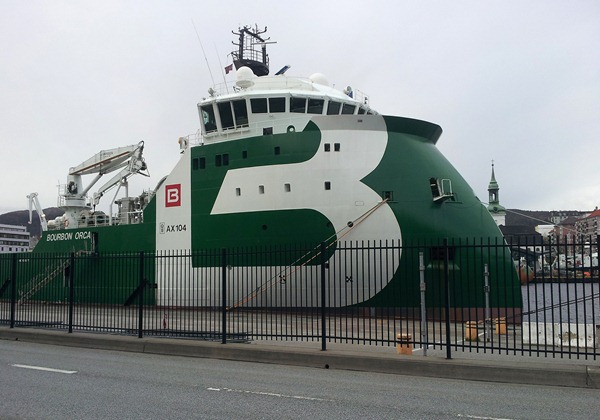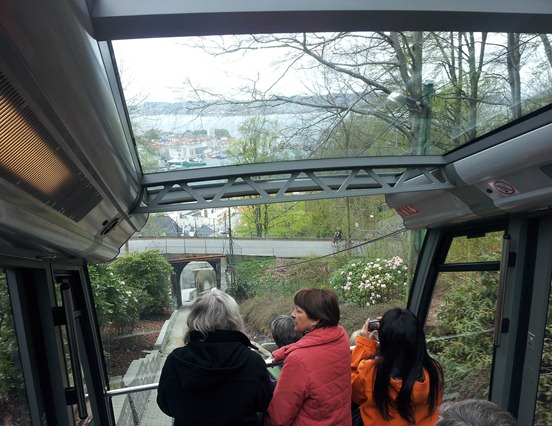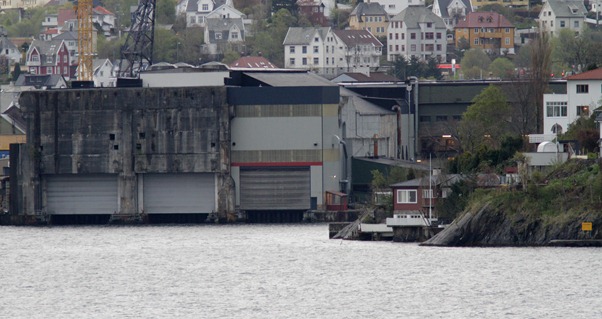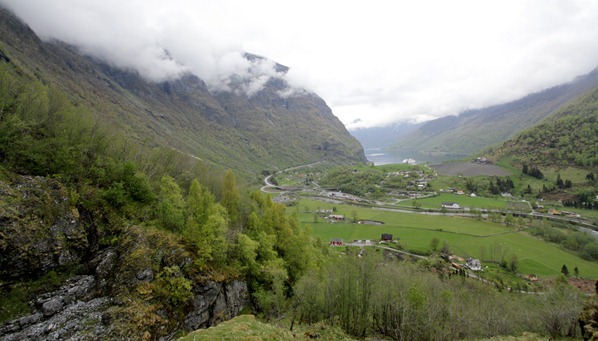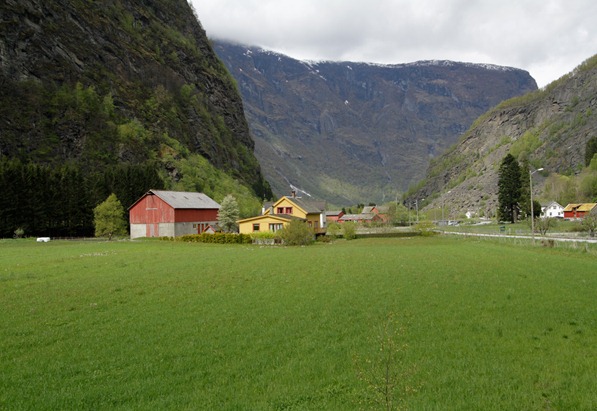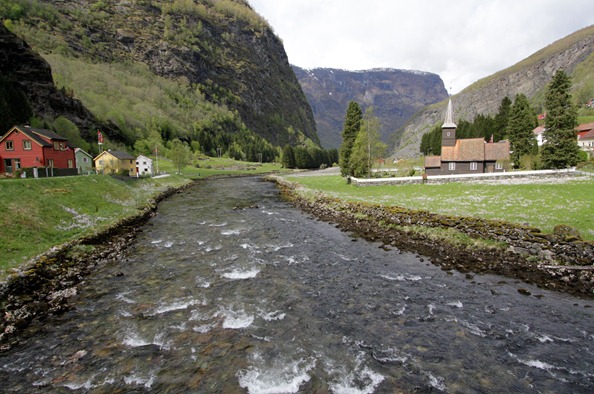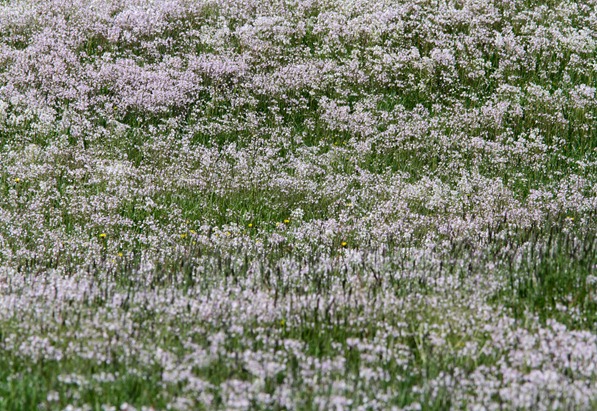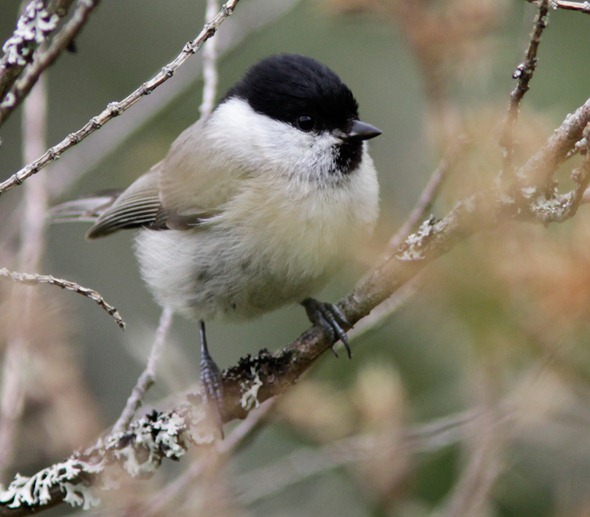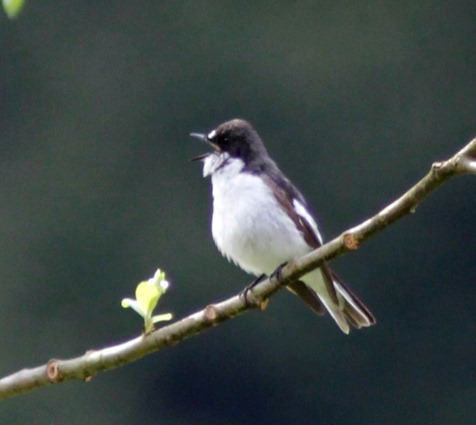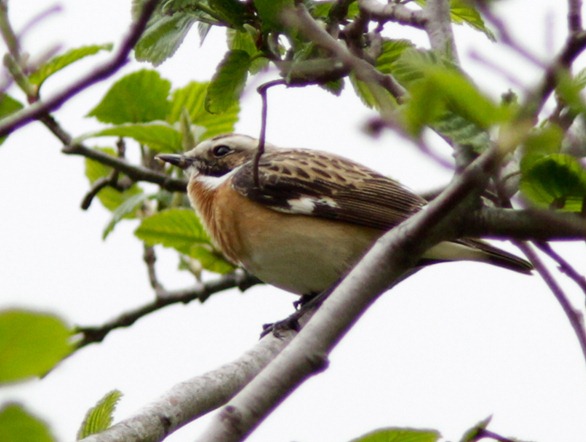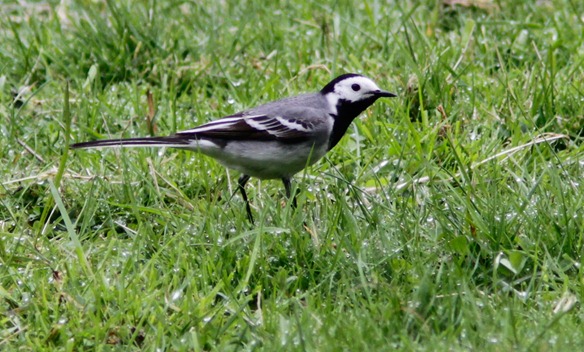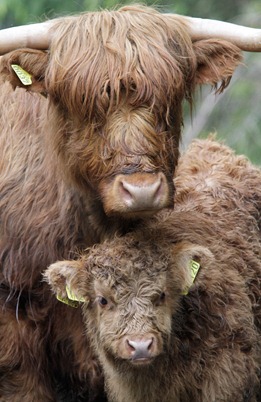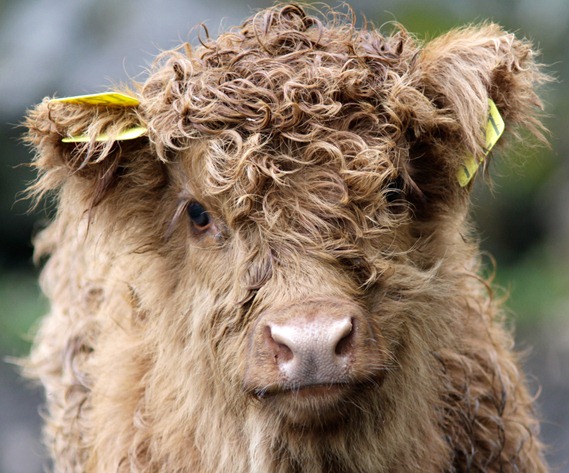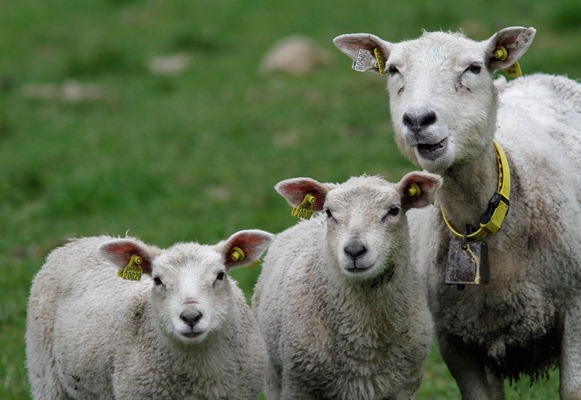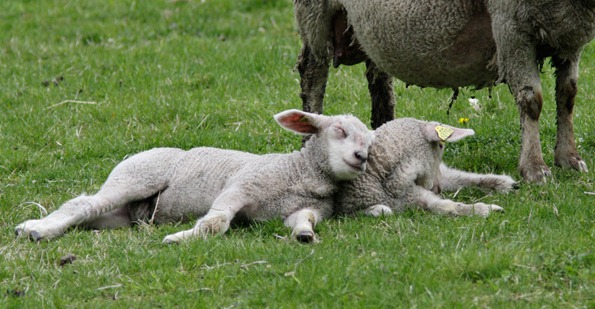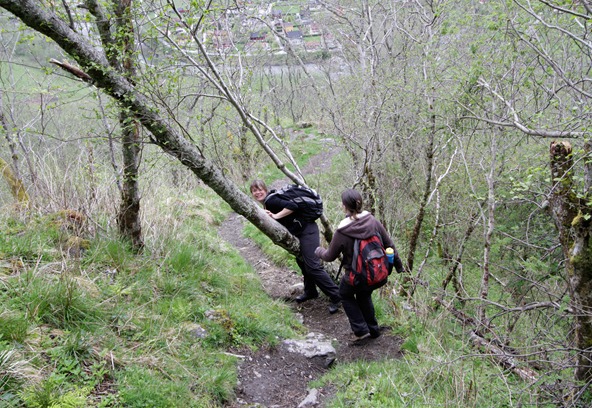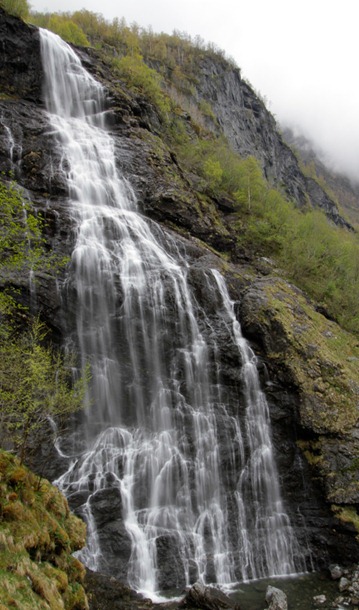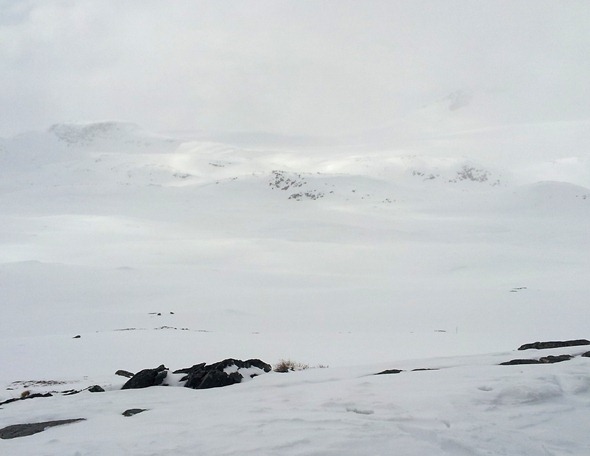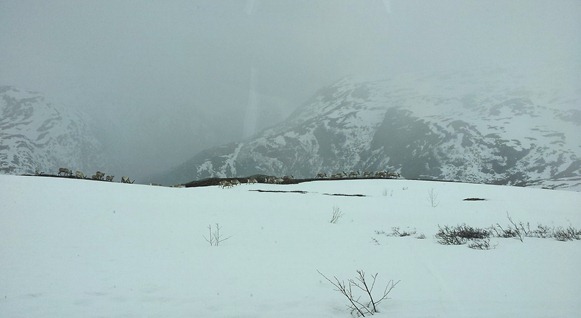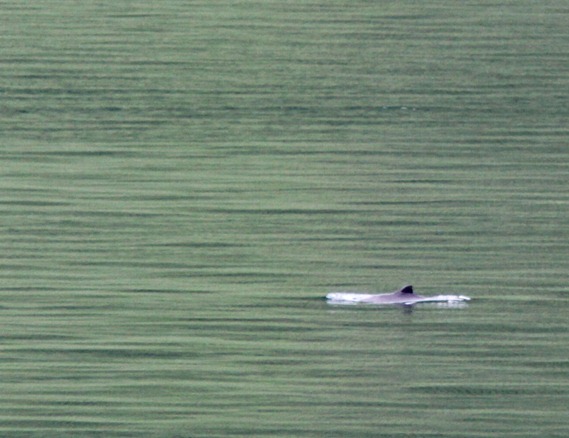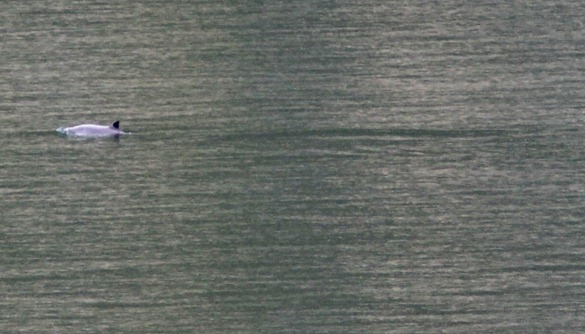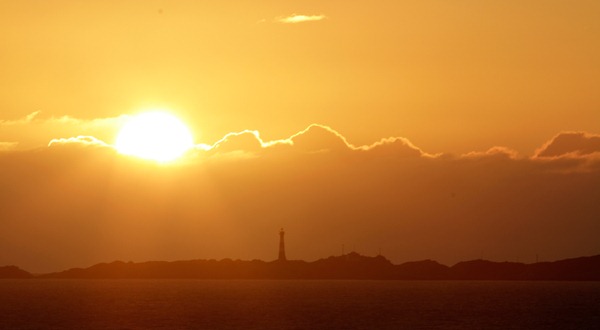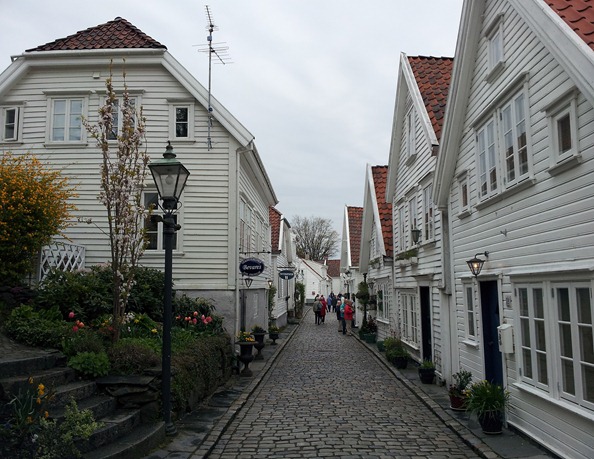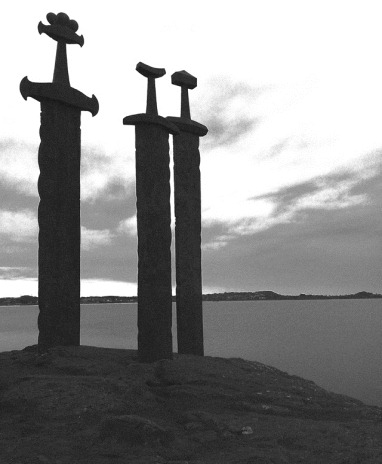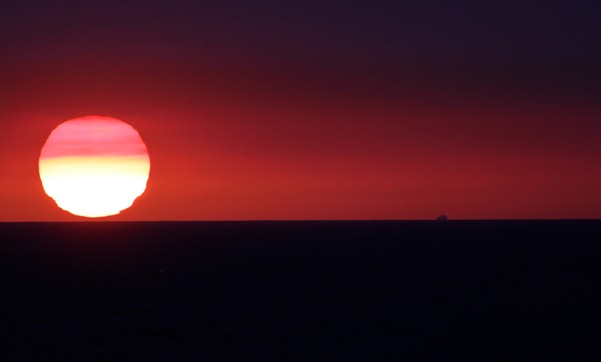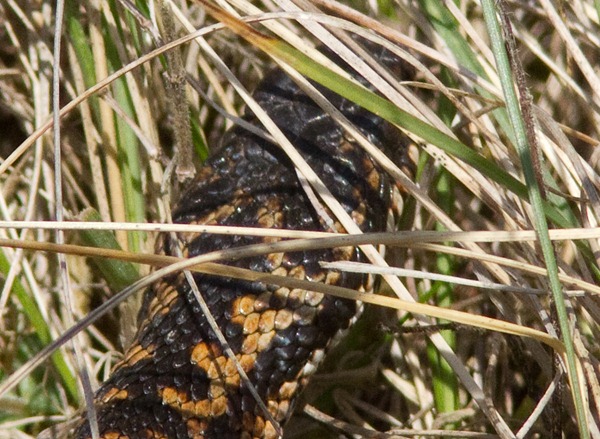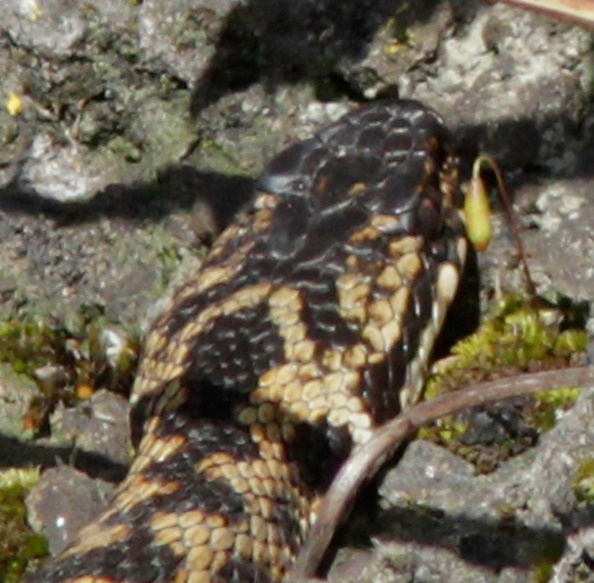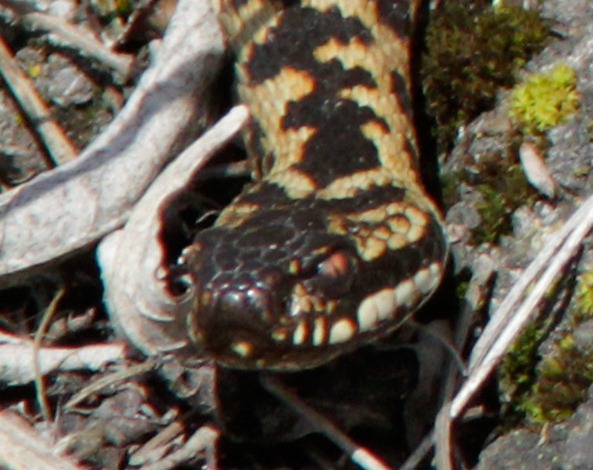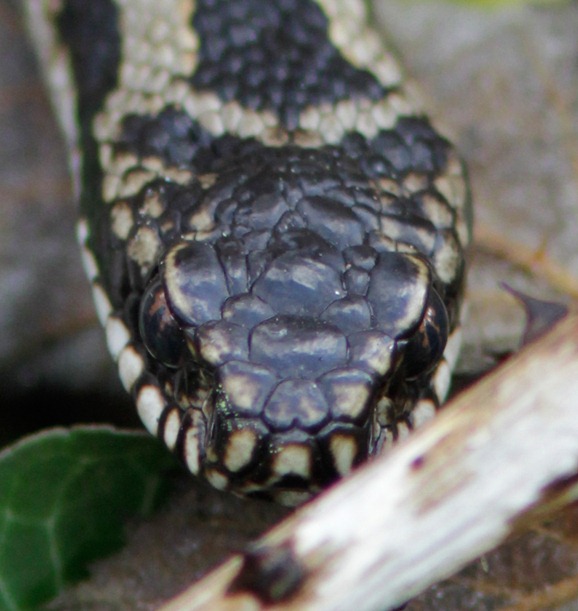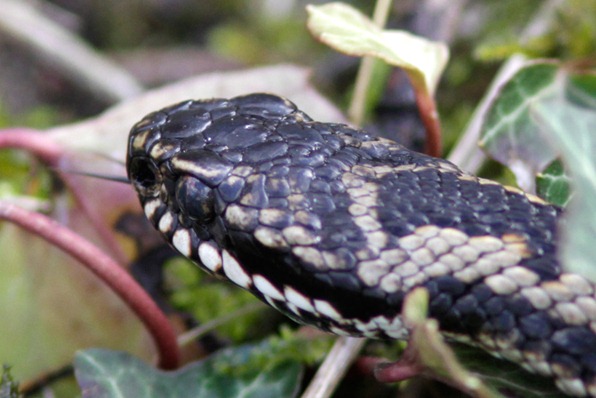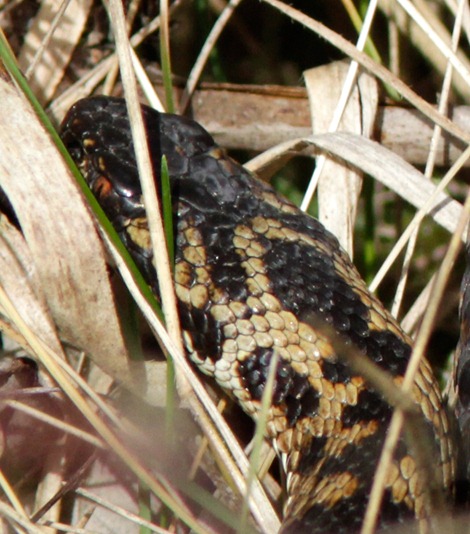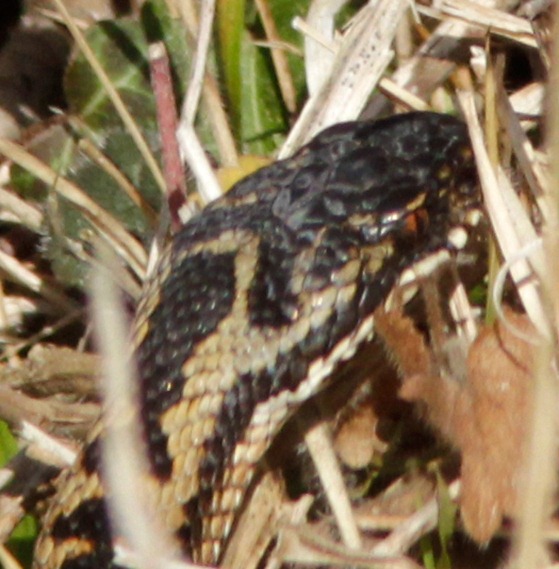A great weekend for me regarding insects, a couple of superb nights of moth trapping and then I managed to catch up with one of last years rare dragonfly species that I missed.
Over Saturday night I set my mv trap in the hope of catching some good moths for me to use as part of the mini-beasts walk I was booked in for at Darenth Country Park. A good haul overnight produced ruby tiger, privet hawk moth, marbled beauty, iron prominent, angle shades and the spectacle which were chosen to show the folks attending the event. I was a little overwhelmed when 60 people turned up! I managed to get the kids to rethink which insects were best out of moths and butterflies. Generally butterflies come on as the better loved but after showing them the group of moths caught overnight, moths then became the clear favourites, hurrah!
The mini-beasts event was totally exhausting but incredible, the kids in the party were superb, so much enthusiasm rushing about catching butterflies, grasshoppers, spiders, flies and bees, I was kept very busy trying to identify what I could. In true Olympic fashion I split the boys and girls into teams, with the girls scoring a point for every butterfly species and the boys for every grasshopper and cricket species. The girls romped home with 9 points to the boys 5 but it made it fun.
On getting home I had a call telling me about a southern migrant hawker at Cliffe which I duly went to see and I was glad I did because it was a cracking beastie.
The top photo is 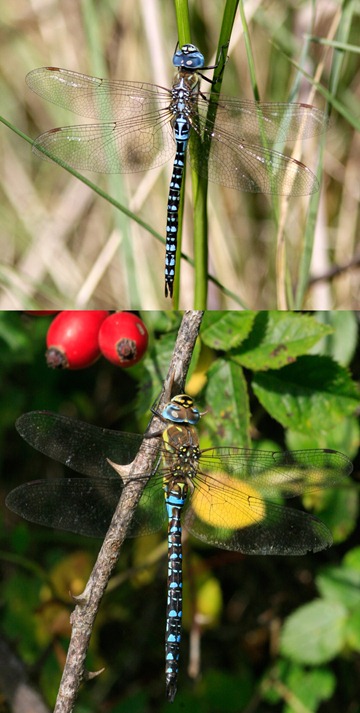 of the male southern migrant hawker at Cliffe and the bottom photo is of a male migrant hawker, taken in September a few years back.
of the male southern migrant hawker at Cliffe and the bottom photo is of a male migrant hawker, taken in September a few years back.
On first glance they both look similar but the things to check are the colour of the eyes which in southern migrant hawker are a rich blue and the colour of segments 1 and 2. These are the segments immediately behind where the hindwings join the body. In southern hawker both segments are blue, in migrant hawker segment 1 has a set of yellow and brown markings.
Another id feature is the the difference in the markings on the side of the thorax, thin black lines in southern and broad lime/yellow stripes in migrant.
Another unexpected find was a number of small red-eyed damselflies. Onto some of the other moths caught over the Friday night.
Onto some of the other moths caught over the Friday night.
I haven’t noticed this form of Crambus perlella before it is called warrintonellus.
A great looking moth the grey dagger.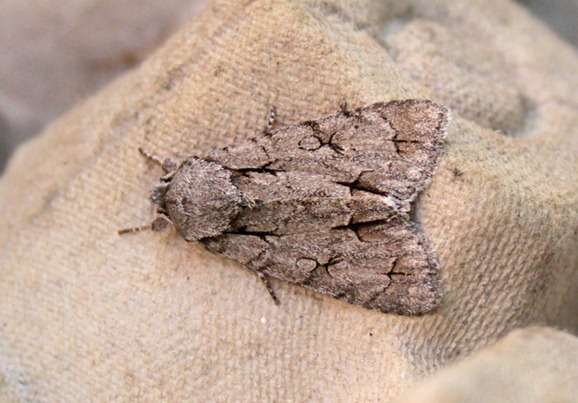 I’ve been having a real problem identifying pugs this year, don’t know why just cannot do them at the moment, however this was one exception a nice v-pug.
I’ve been having a real problem identifying pugs this year, don’t know why just cannot do them at the moment, however this was one exception a nice v-pug.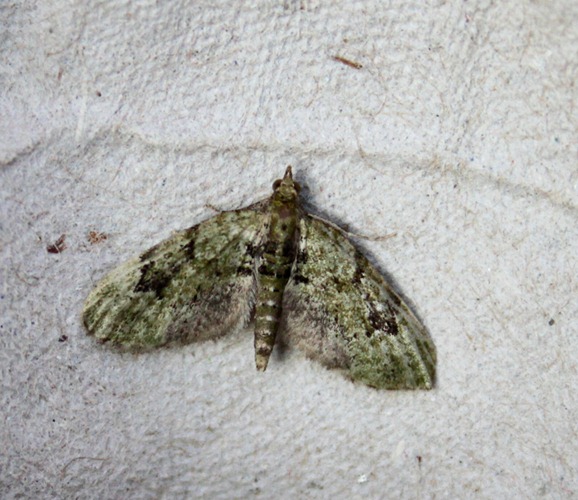
This one got me thinking and another first for me, the dark form of willow beauty, f. rebeli
This next micro moth was another first for me, whilst common across southern Britain it has a local distribution, Catoptria falsella, what a little cracker.

